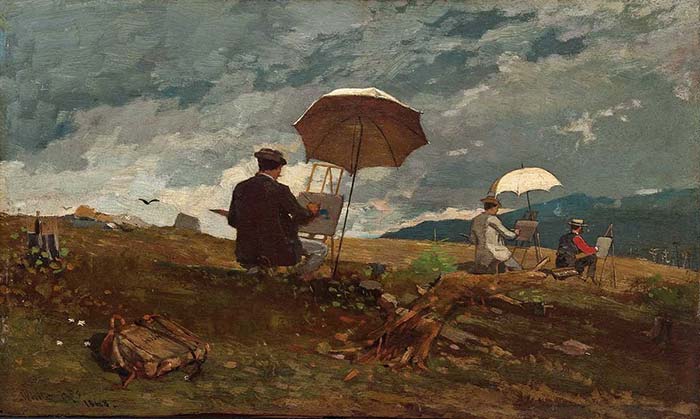
Plein air painting is a highly recommended practice, especially for landscape painters. It helps you hone your skills by forcing you to paint with a sense of urgency as the light quickly retreats or otherwise changes.
I made a commitment to myself to do more plein air painting. Not just to improve my painting skills but also to really expose myself to the environment. In this post, I cover:
- 1. Lightweight Is Key
- 2. The Most Beautiful Places Are Sometimes the Hardest to Get To
- 3. Be Aware of Changes in Light
- 4. Use Thumbnail Sketches
- 5. Experiment With Different Mediums
- 6. Utilize Broad Techniques Such as Washes and Blocking In
- 7. Focus On One or Two Big Things Which Interest You
- Want to Learn More?
- Thanks for Reading!
I recently returned from a 7-day hike on the Overland Track in Tasmania which would have been perfect for plein air painting. Whilst trudging through the muddy tracks with little energy, I realized the downside of studio painting. You simply cannot get a full appreciation of nature from the studio with a photo. You need to be exposed to the wind, weather, colors, smells, and so on.
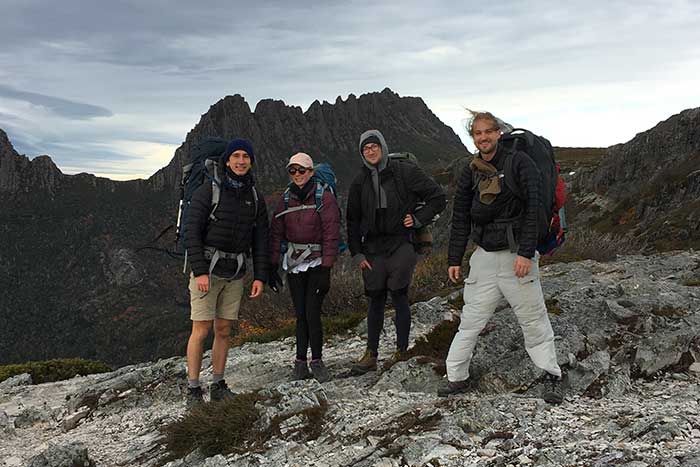
There are many benefits to painting plein air such as:
- You get to truly see what is there rather than what a camera is able to pick up. A camera, whilst incredibly useful, is not yet able to capture the true brilliance of nature and more specifically, light.
- You get to paint in the moment. Painting what you feel is much more effective than painting from what you remember feeling.
- You learn to paint instinctively and with a sense of urgency. When you are painting outdoors, everything is constantly changing – the wind, light, colors and objects. If you do not paint quick enough, then you may end up trying to paint two completely different scenes.
The Overland Track provided many opportunities to whip out an easel and paint plein air. It was absolutely stunning, and quiet and I was gifted with fantastic weather. But I was not fully prepared. I did have a pen and journal but it became such a struggle to get it out of my bag that I just gave up on any creating any art plein air. But next time I expect to be much better prepared.
So in light of my commitment to do more plein air painting, I have done some research and put together some plein air painting tips which I intend to use and hope you may find useful.
(Before diving into this post, make sure to pick up a copy of my free Landscape Painting Starter Kit.)
1. Lightweight Is Key
This one is huge. In order to get to some of the most beautiful places, you will usually need to pack light and do some exploring. You do not want to drag your studio easel everywhere with you through the environment.
You also need things to be lightweight so you can quickly pack up and relocate if needed.
Here are some lightweight plein air painting kits:
Sienna Plein Air Artist Pochade Box Easel
Professional Series En Plein Air Pro Oil & Acrylic Easel Package
Sienna Ultimate Plein Air Backpack
Also, don’t forget to bring an umbrella (like this one – Guerrilla Painter Umbrella Kit). An umbrella will help you deal with glare from any direct sunlight.
You may also want to check out some of these other painting accessories.
2. The Most Beautiful Places Are Sometimes the Hardest to Get To
Don’t settle for just your local park to experience plein air painting. Make an effort to get to difficult places. You will find they are often the most beautiful.
The lookout below may appear nice and peaceful, but the adventure to this point was anything but. It took a steep climb up the side of a mountain on a muddy path and strong winds. But it was worth it. If only I had some plein air painting gear!

3. Be Aware of Changes in Light
Dealing with changes in light can be incredibly challenging. Light determines everything we see, so even just a slight change in the position of the sun, a cloud or the temperature of the light could dramatically change the way we see a scene.
You almost need to commit to a certain light and if that changes, then you need to either make small adjustments from what you see or you stop and paint again when there are similar conditions (obviously this is not always an option). Some plein air painters will return many times to the same spot when conditions are similar to try and faithfully capture the light.
Light is a difficult area to comprehend and when painting plein air you must make some quick assumptions about the light. I often tell students to break light into a number of simple questions:
- Where is the light source?
- What is the temperature of the light?
- How strong is the light?
If you can answer these questions, then you can handle the light.
4. Use Thumbnail Sketches
Thumbnail sketches are perfect for quickly capturing the fundamental essence of the scene. They are also useful for determining if a scene is worth painting in a larger scale.
You will often find that a scene may look appealing on first glance, but when it actually comes time to paint it, you struggle for inspiration. Thumbnail sketches are great for narrowing down on the scenes which you actually want to paint.
There are no strict rules with thumbnail sketches. You can do them in any scale you want and with any medium. But you should focus on a few things:
- You want to be able to work quickly, so thick oils may not be all that appropriate. Instead, consider dry or fast-drying mediums like pencils, pens, watercolors or gouache. If you use oils you just need to paint wet on wet and be careful when transporting the finished work.
- You may want to consider using large brushes or pens so you can quickly cover the surface and mass in the shapes.
- Try to focus more on shapes rather than lines. Shapes are usually a more dominant element of composition than lines.
Here is a great article on thumbnail sketching by John Levett.
5. Experiment With Different Mediums
Plein air painting is perfect for experimenting with mediums which you are not familiar with. The slow-drying oils which you may be used to using in the studio might not suit you when painting outdoors.
Here is a summary of the different mediums and how to use them in plein air painting:
- Pen and ink: Great for creating interesting line sketches, but can be tedious for capturing large masses and shapes.
- Pencil: Similar benefits as pen and ink however you have the chance to use the broad side of your pencil to quickly cover any surface area. The downside is you will need to deal with smudging. You will also be able to make adjustments with an eraser, however try not to be fazed by mistakes.
- Watercolors – Great for quick washes of color however can be frustrating if the wind picks up.
- Gouache – Very similar to watercolors however they are easier to control.
- Oils – You will need to work alla prima (wet on wet) and be careful when transporting your finished painting as it will not dry quickly. You should make use of thin washes and blocking in (discussed below).
6. Utilize Broad Techniques Such as Washes and Blocking In
When painting plein air you need to utilize broad techniques which allow you to very quickly cover the surface and capture the fundamental essence of your scene. If you do not work quickly, then that essence may disappear.
Washes and blocking in are extremely effective techniques that will capture the absolute basics of your scene without any of the more particular details. If you start with these broad techniques, you can then come in over the top and refine things if you have more time.
When using these broad techniques, you should aim to capture the light conditions, the major shapes and the general color harmony (if you are painting in color).
Below is a photo of one of my paintings after the blocking in stage. As you can see, all the canvas is covered and there is some indication of where the dominant shapes and colors are. But there is very limited information outside of that.
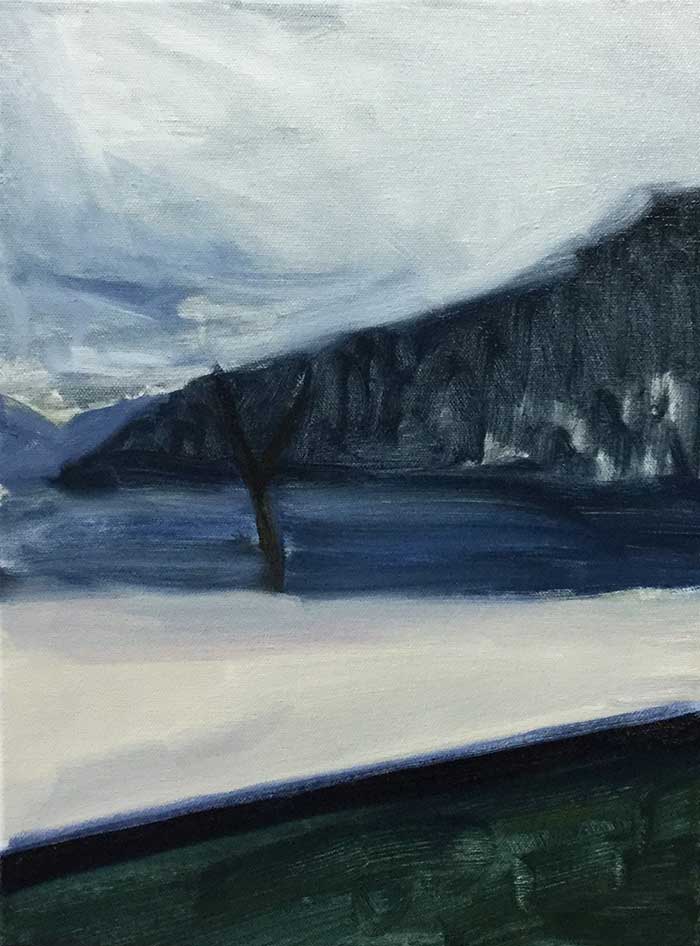
7. Focus On One or Two Big Things Which Interest You
It will be a natural urge for most of us to completely over-render the painting and capture every single detail – every color, every line, every shape, and so on. But if you try to capture everything, you will usually end up with a failed painting.
Try to be extremely focused in what you want to paint. Have a serious think about exactly why you want to paint a scene. Usually, it will be just one or two elements which attract you. Identify those elements and then focus on them.
If you want to capture the light, then maybe just use a large marker to create small notan studies. If you want to capture the colors, then just focus on the colors and create color studies. If you want to capture the intricate linework of the trees, then just use pen and ink to draw the patterns.
In the photo below I am drawn towards the beautiful display of color. But there is a lot of other information. So if I were trying to capture this quickly, I would probably opt for a quick color study.
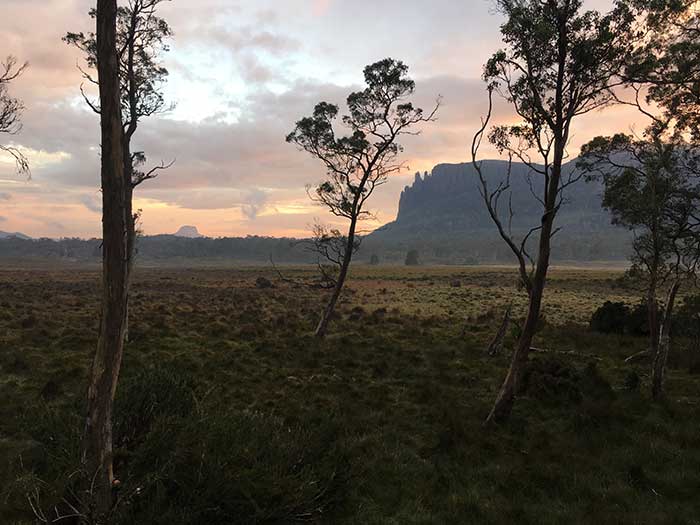
The photo below however is much more shape orientated with strong contrasts in light and shadow. So a simple notan sketch may be more suitable here.
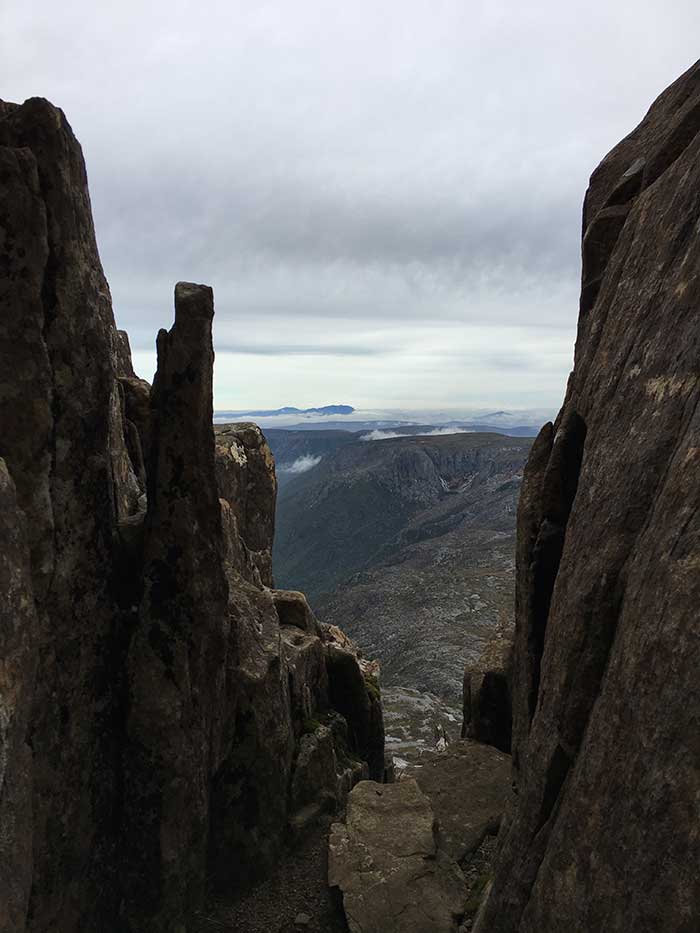
Want to Learn More?
You might be interested in my Painting Academy course. I’ll walk you through the time-tested fundamentals of painting. It’s perfect for absolute beginner to intermediate painters.
Thanks for Reading!
I appreciate you taking the time to read this post and I hope you found it helpful. Feel free to share it with friends.
Happy painting!
Dan Scott

Draw Paint Academy

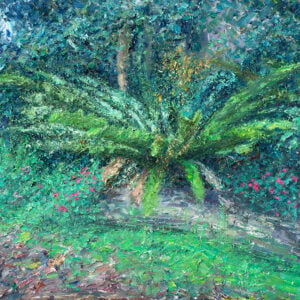
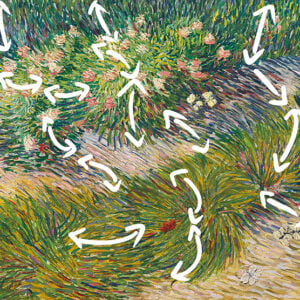
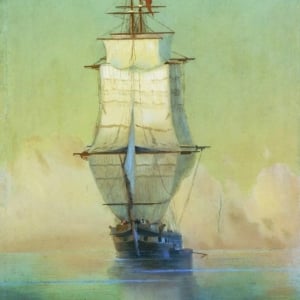
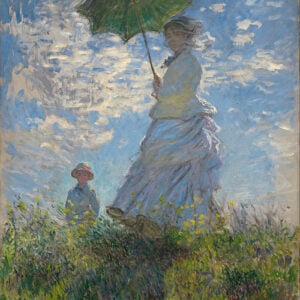
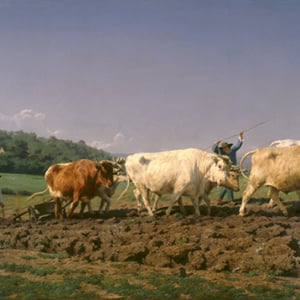
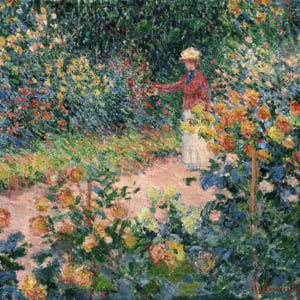
Very interesting, have you ever tried using pastels for quick coverage painying?
Regards Hazel
Hi Hazel, I do not use pastels all that much but I imagine they would be fantastic for plein air work and quickly covering a surface. I will need to update this post when I have time to include pastels.
Cheers
Dan
And please say something about acrylics.
Dan, I always appreciate your great tips. One thing I have problems with when I plein air is the disappointment of having all my colors looking dark when I get home. I paint with an umbrella and shade both my palette and the painting. Any suggestions? Thanks!
Thanks Joani! Sorry for my delay in response.
That is just something you will probably need to adjust for whilst you are painting. I would also be timid with using any black. If your painting is looking too dark, then you may want to try and compress your value range upwards so that everything is slightly lighter. But it will always just be a judgment call whilst you are painting.
Hope this helps.
Dan
Dear Dan: thank you so very much for all the advise I have received about become a better art painter. I just started it and I enjoy it very much.
Hi Ligia, glad you enjoyed the tips! More to come.
Dan
Thank you, very helpful